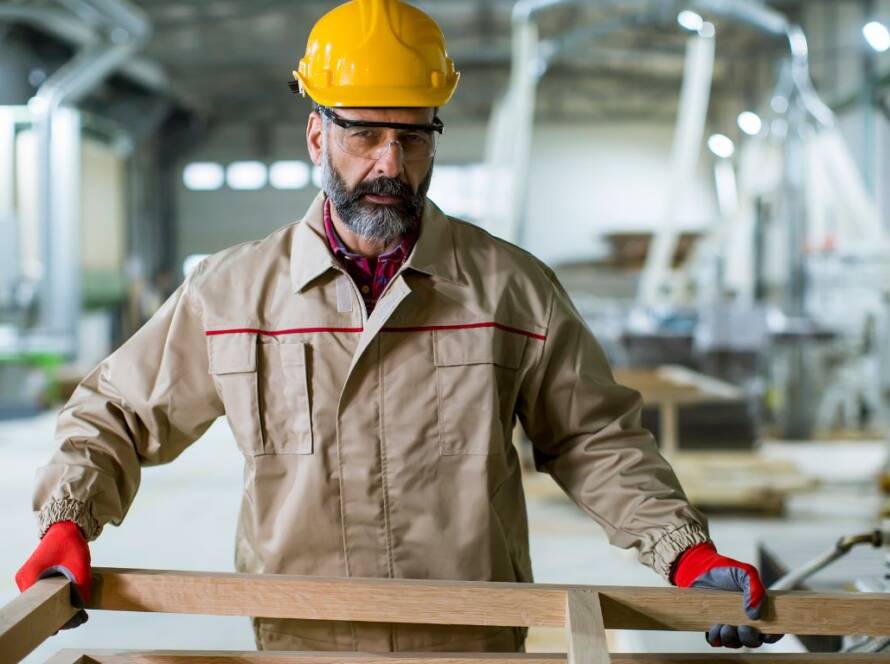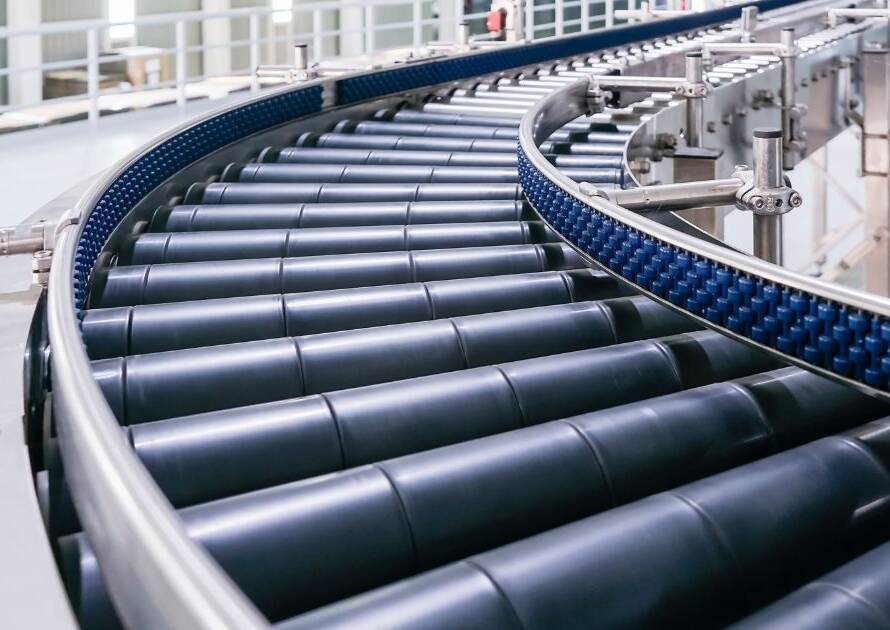Collaborative robots, or cobots, are revolutionizing manufacturing operations. Designed to work safely alongside human workers, these advanced machines offer a blend of efficiency and flexibility that traditional industrial robots cannot match.
What Are Collaborative Robots?
Cobots are distinguished by their ability to interact directly and safely with human workers in a shared workspace. Unlike conventional industrial robots, which are typically isolated behind safety fences, cobots come equipped with safety features such as rounded edges, force limitations, and sophisticated sensors. These sensors detect human presence to avoid collisions, and if any unplanned contact occurs, cobots halt operations immediately. One of the key advantages of cobots is their ability to handle repetitive tasks, allowing human workers to focus on more complex, thought-intensive activities.
Cobots vs. Traditional Industrial Robots
While traditional industrial robots are designed for speed and high-volume tasks, cobots excel in applications requiring human interaction and flexibility. Cobots are particularly advantageous in tasks such as precision handling and force-sensitive processes. For example, in applications like sanding or assembling threaded fasteners, cobots’ precise force control makes them superior to traditional robots, which would require additional sensors and equipment for similar tasks. Additionally, cobots are easier to reprogram and redeploy, making them ideal for dynamic manufacturing environments where tasks frequently change.
Cost Considerations and ROI
Implementing cobots in a manufacturing facility involves several cost components. The initial investment includes the cost of the cobot, with new robots ranging from $14,500 to $50,000. According to a ThomasNet article, these prices are highly attractive compared to traditional industrial robots, which can cost from $25,000 to over $400,000. This affordability makes cobots particularly appealing for small to medium-sized businesses looking to implement automation without a large budget.
Cobots also incur ancillary equipment and operational costs, but they offer significant savings over time through reduced labor costs, increased productivity, improved product quality, and enhanced workplace safety. For instance, in an injection molding department, a cobot used for intricate plastic extrusion assembly, picking up end caps for a plastic panel and moving them through a glue dispenser, doubled production while reducing labor by 75%.
Future Trends in Collaborative Robotics
Future trends in collaborative robotics are driven by AI integration, predictive maintenance, digital twins, and mobile manipulators. AI integration allows cobots to be programmed using natural language and learn from their environment, making them more adaptable and easier to deploy. Predictive maintenance enables cobots to monitor their own health and predict potential failures, ensuring minimal downtime and continuous operation. Digital twin technology creates virtual replicas of cobots to simulate and optimize performance without risking physical assets, enhancing efficiency and reducing costs.
As a U.S.-based company with 30 years of experience, Source Machining Specialties specializes in helping U.S. manufacturers with their manufacturing needs in India. We’re so confident in our Indian production facilities that we invite you to a site audit at our expense. Discover more about our capabilities and services, and let’s start a conversation.



